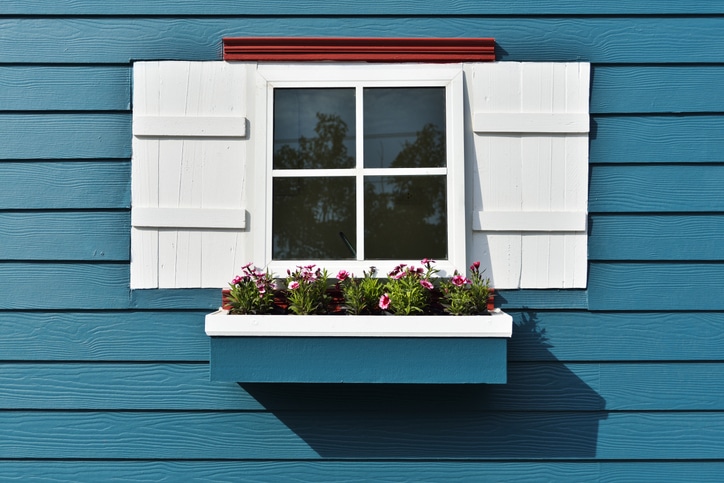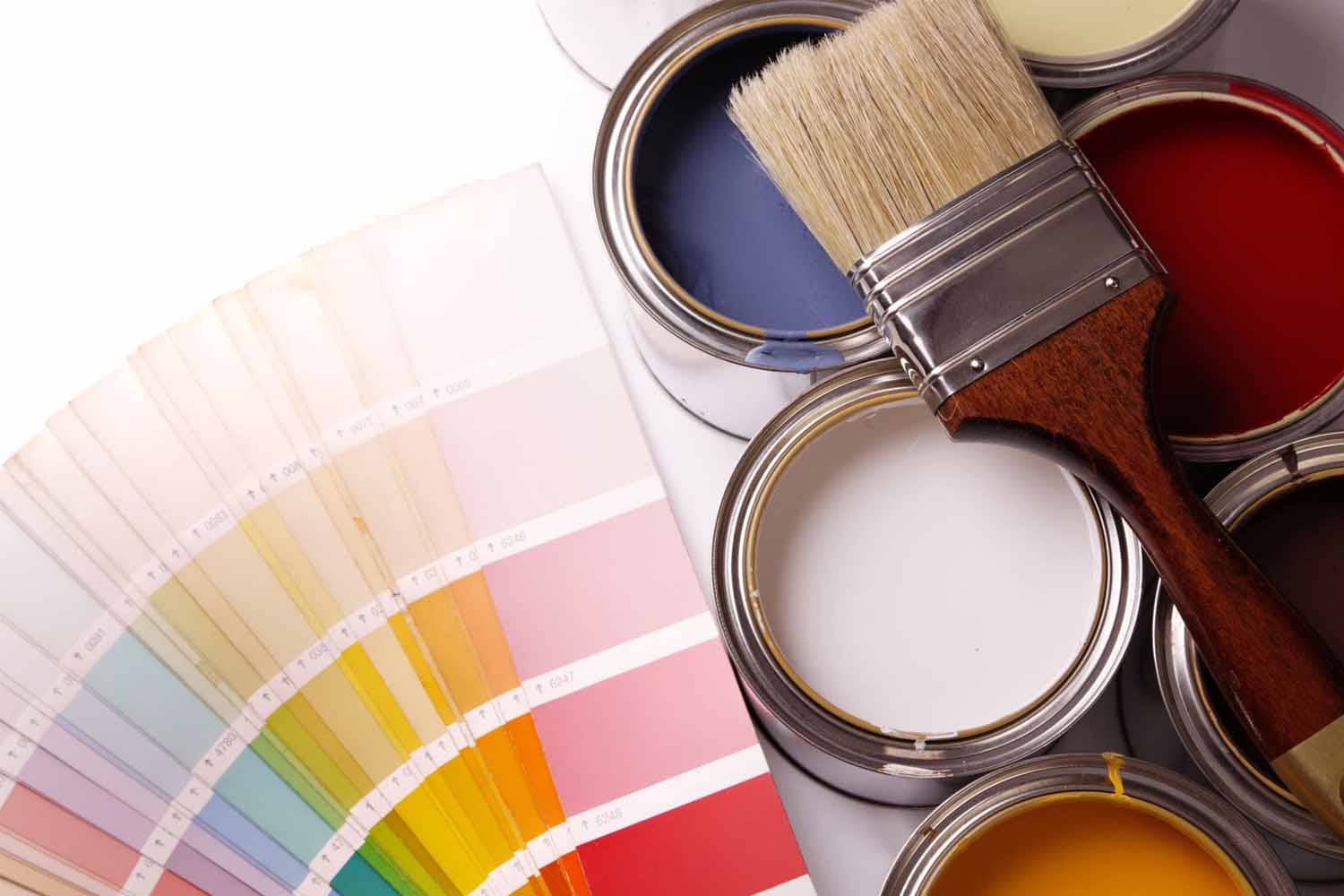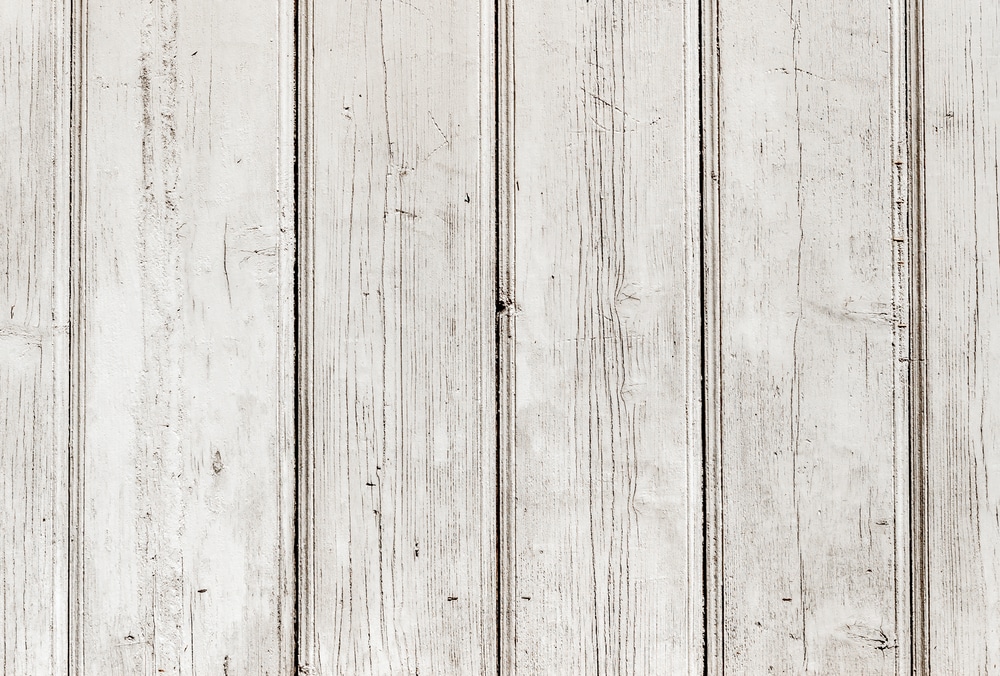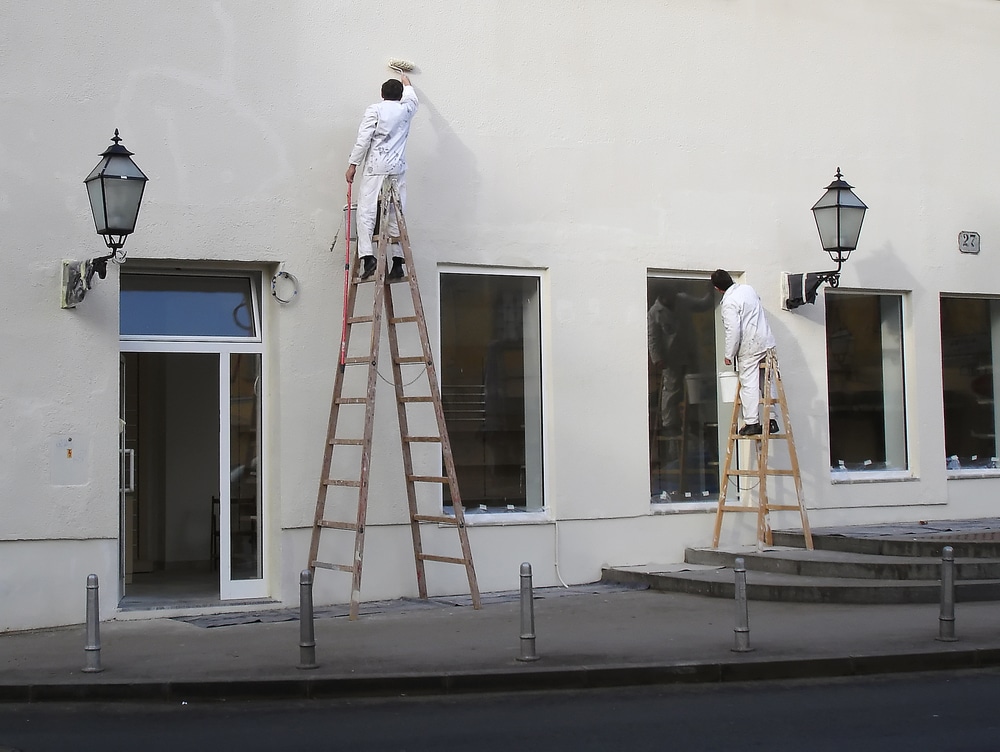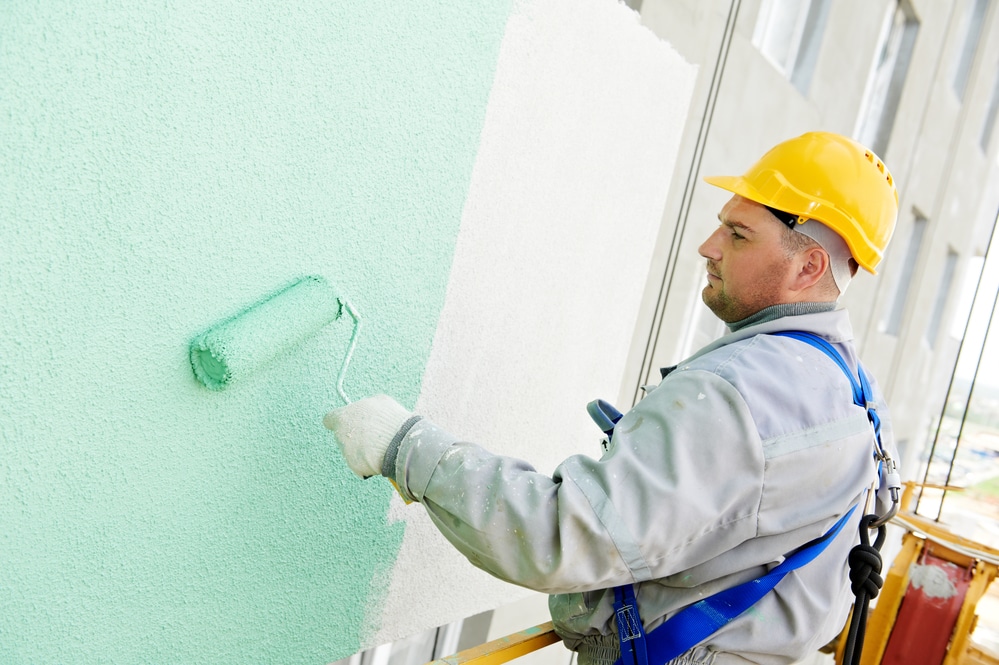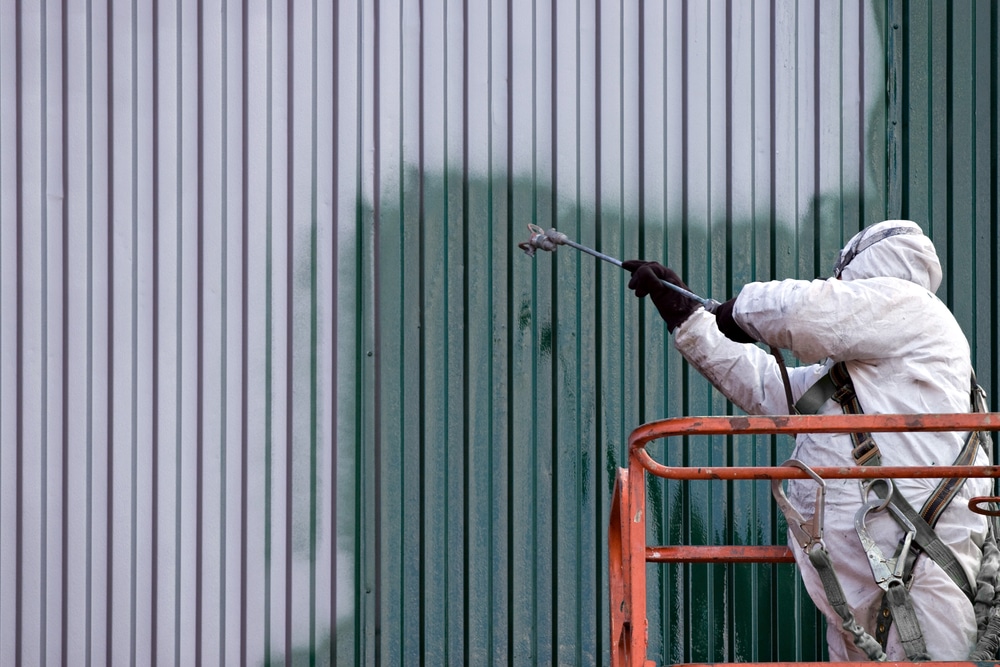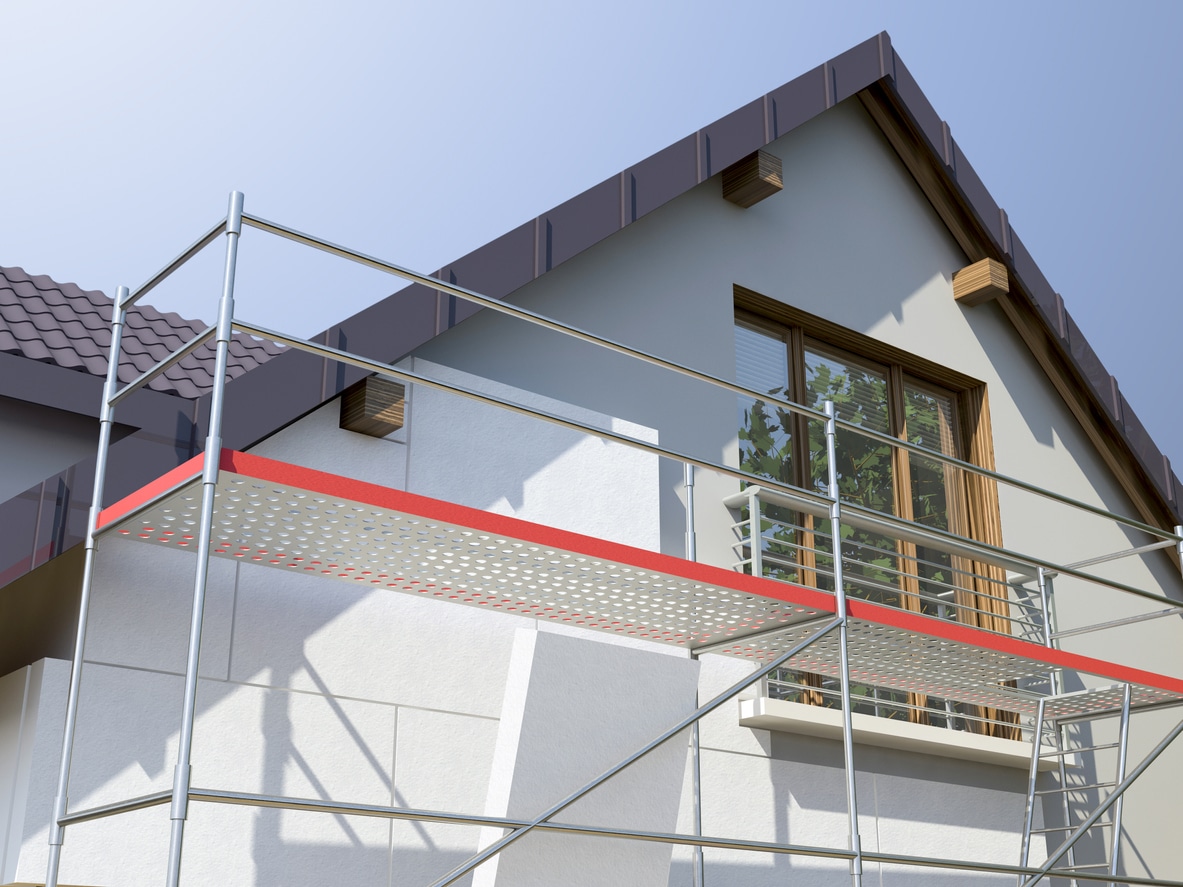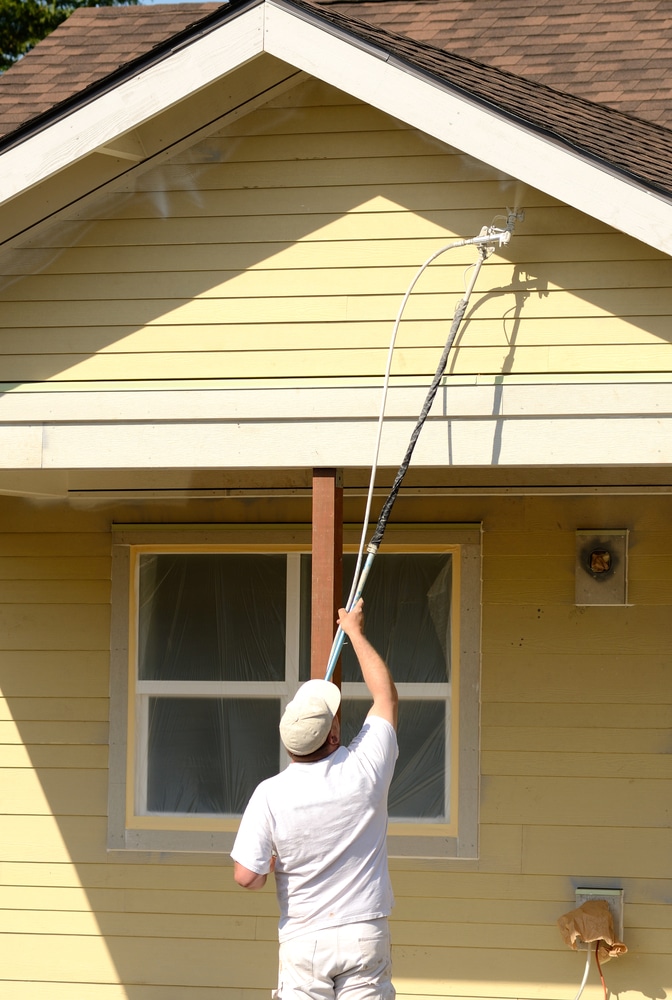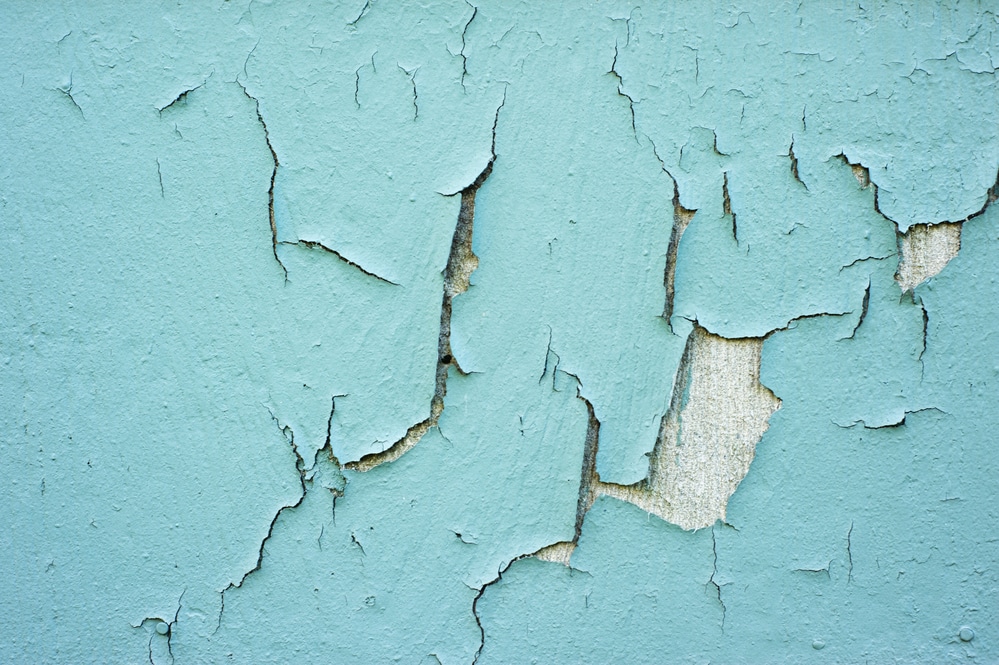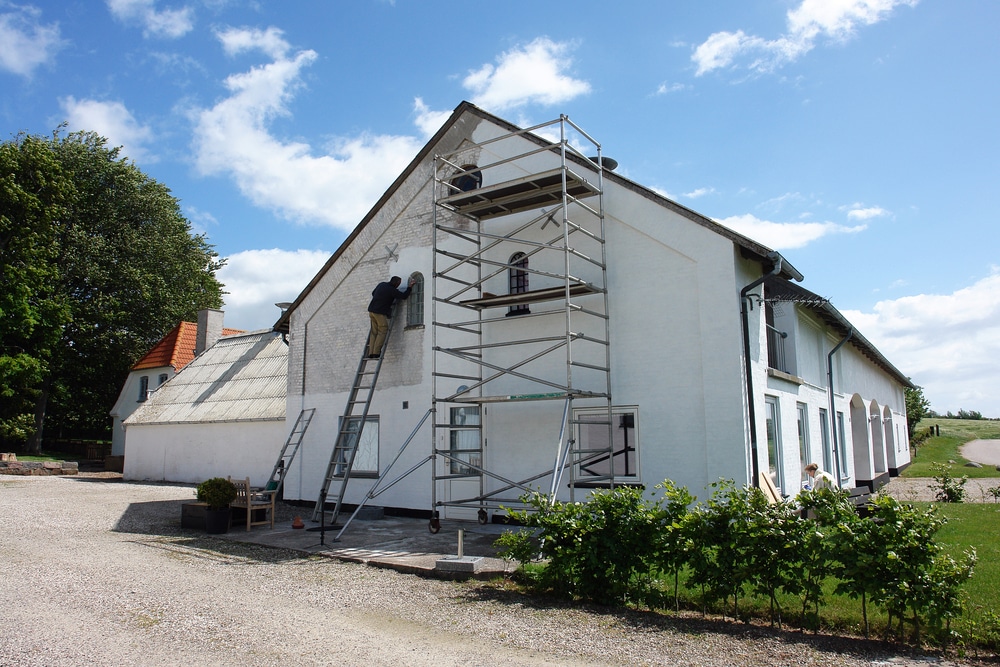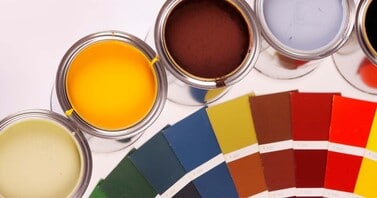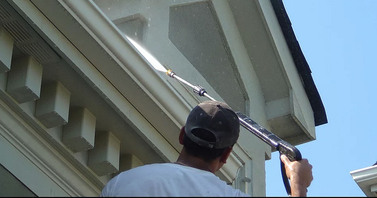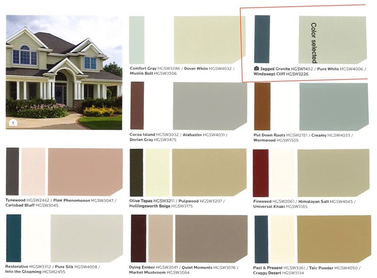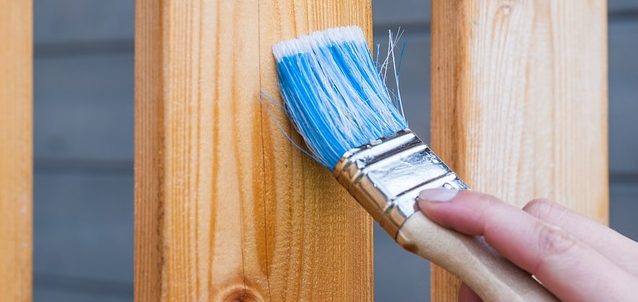Latest News
Transforming Your Interior Space: Ideas for Accent Walls in Orlando Homes
Written by Paisley Painting on
The Importance of Proper Surface Preparation in Residential Painting
Written by Paisley Painting on
How Often Should Maintenance Be Done After an Exterior Paint Job?
Written by Paisley Painting on
Can the Color of Paint I Choose Affect My Home’s Energy Efficiency?
Written by Paisley Painting on
Does It Matter What Time of Year I Choose to Paint My Home?
Written by Paisley Painting on
How Many Different Types of Paint Are Available to Choose From?
Written by Paisley Painting on
What Steps Do We Take To Prevent Paint From Fading Over Time?
Written by Paisley Painting on
The Benefits of Hiring a Professional Exterior Painter in Orlando
Written by Paisley Painting on
Is There a Difference Between Interior and Exterior Grade Paint?
Written by Paisley Painting on
Can the Color of My Home Have an Effect on the Temperature Inside?
Written by Paisley Painting on
Why Does Paisley Painting Choose Sherwin Williams for your House Exterior Repaint, and Why You Should Too
Written by Paisley Painting on
How to Choose the Right Painting Contractor Company in Orlando, Fl
Written by Paisley Painting on
Why is Now the Best Time to Paint the Exterior of Your House
Written by Paisley Painting on
Top 8 Customer Choices of Exterior House Painting Pictures by Paisley Painting in 2016
Written by Paisley Painting on


